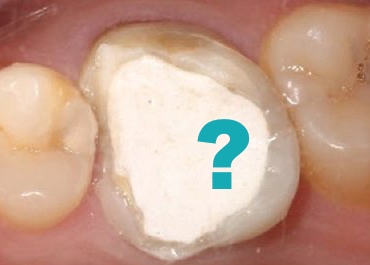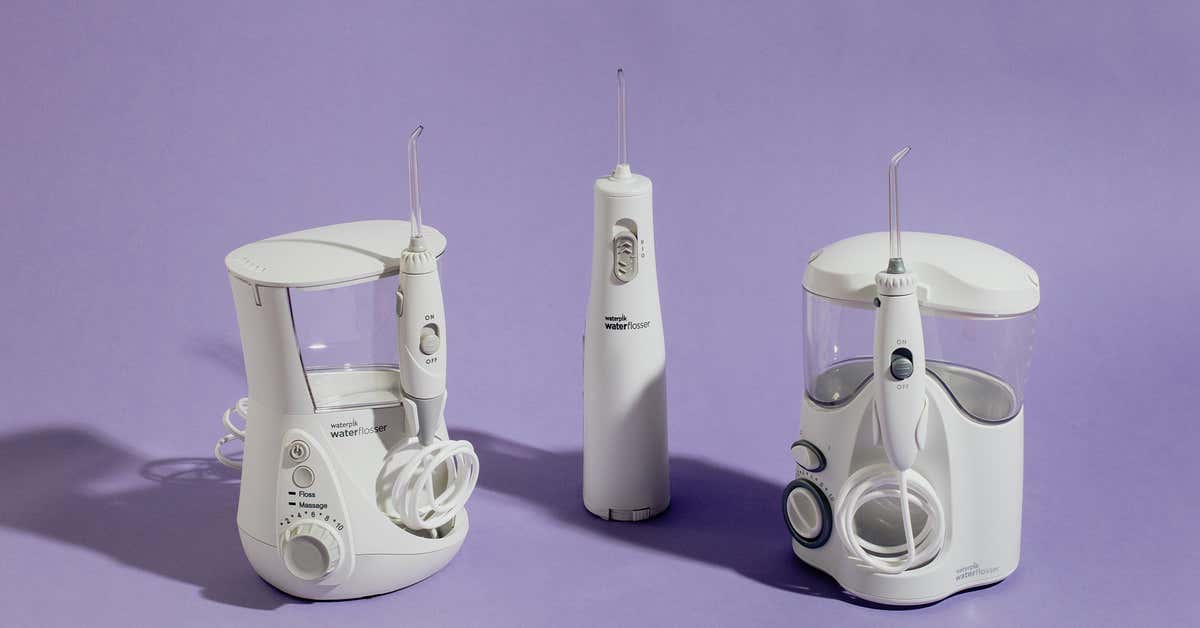If you have a dental concern or an emergency, you should see a dentist first before trying anything. However, that dormant cavity may decide to wake up at the most inconvenient time, when you can’t go to a dentist right away for a dental visit. Maybe the previous filling fell out, giving you a lot of pain and suffering. As a result, knowing what to do in the event of an emergency is a smart idea.

Why a Homemade Tooth Filling?
Unfortunately, our teeth are not invincible, despite our best attempts to maintain them healthy. An injury to the mouth can result in a variety of dental disorders, ranging from a broken or chipped tooth to a tooth that has been completely destroyed. The worst-case scenario is discovering you have a painful cavity when there is no dentist accessible, and you must wait until the morning to seek assistance.
While it’s always best to consult your dentist before trying anything, a homemade tooth filling can occasionally keep you safe until you can see the dentist.
How To Make a Temporary Tooth Filling
If you can’t afford a dental visit or don’t like going to the dentist, there are a few choices for manufacturing a temporary tooth filling at home.
1st option:
You will require the following items:
- 1/8 teaspoon Powdered Zinc Oxide
- 1 drop of clove essential oil
- Alternatively, you can also use wild Oregano Oil
Zinc Oxide powder is readily available at your local drugstore. Combine the two ingredients and stir until a thick putty forms. Make sure the tooth is dry before tamping the putty into the cavity as hard as possible with a rounded toothpick.
Floss down and pull through after tamping the putty, but don’t lift the floss back up since it can catch and pull out the new filling. Place a piece of plastic wrap over the remaining putty to keep it from drying out. You can use it over and over until you seek professional dental assistance.

Option 2:
Things you will need:
- Hand soap with a mild lather and a hand towel
- Eyedropper and tweezers
- Cotton pellets with a diameter of 1/8 inch
- Benzocaine and Eugenol are two ingredients in a toothache drop.
- Wax used in orthodontics.
Cover the filling with the treated orthodontic wax. To keep the new filling in place, gently push it down and around the tooth’s base. You may change the filling every 12 hours until you are able to see your dentist.

Conclusion
A cracked or chipped tooth can sometimes be easily fixed before it becomes a cavity. Taking too long just adds to the risk of additional deterioration (the nerve of the tooth can die). Some pharmacies sell kit packs that can be used to fill the cavity. But the basic message is that no matter the Do-It-Yourself approach you use, make sure you have a dental visit as soon as possible.





